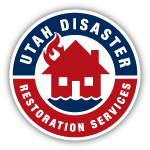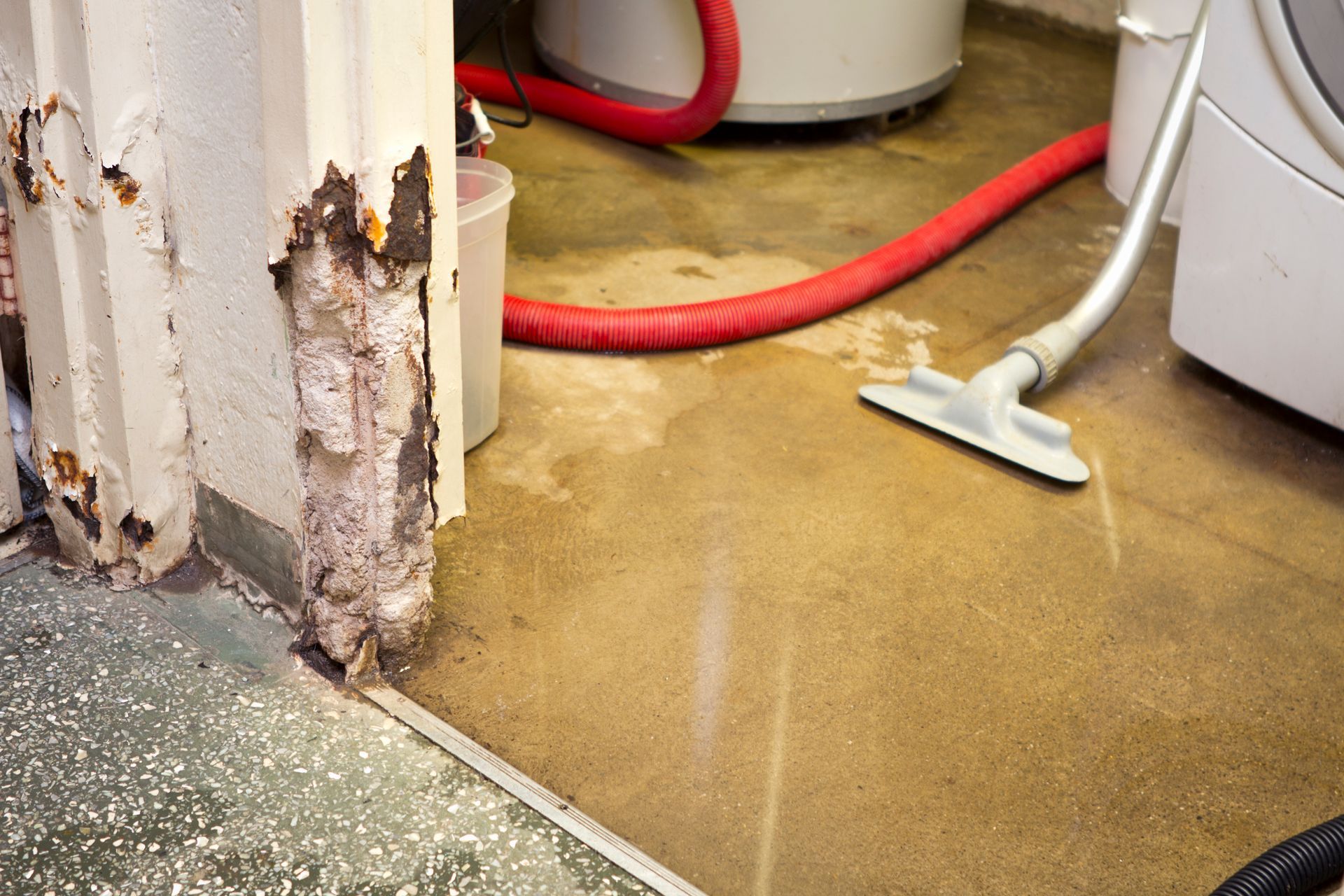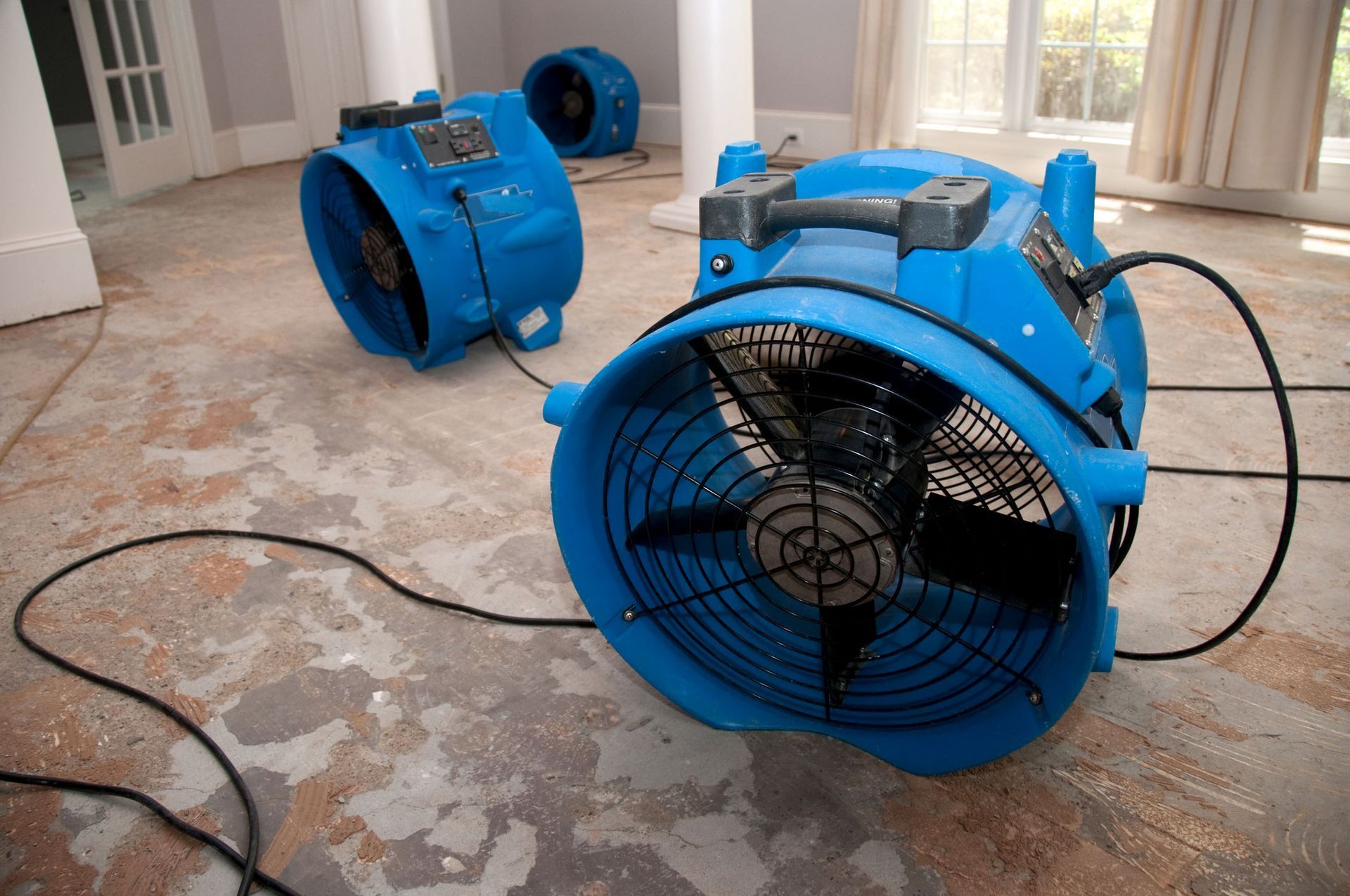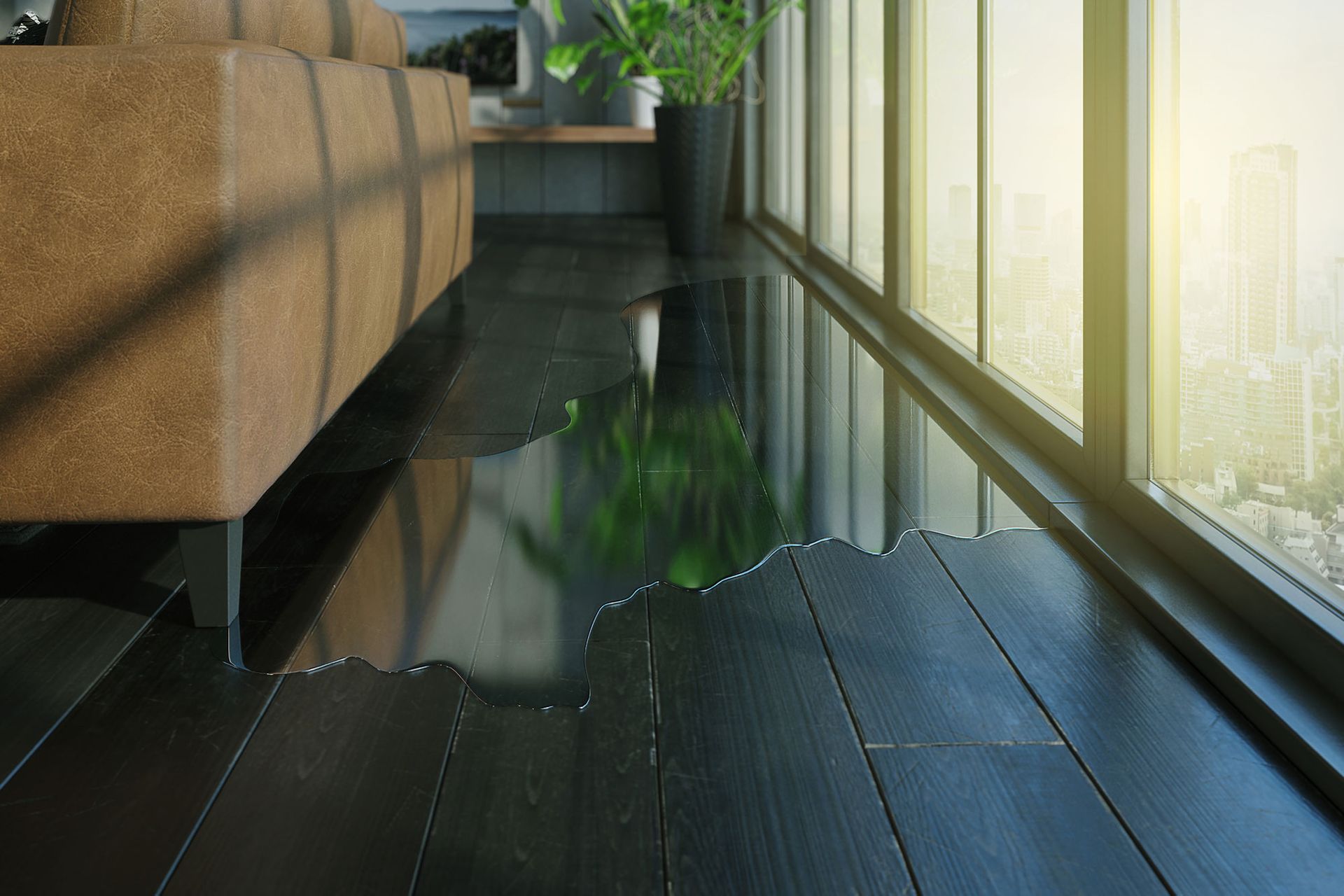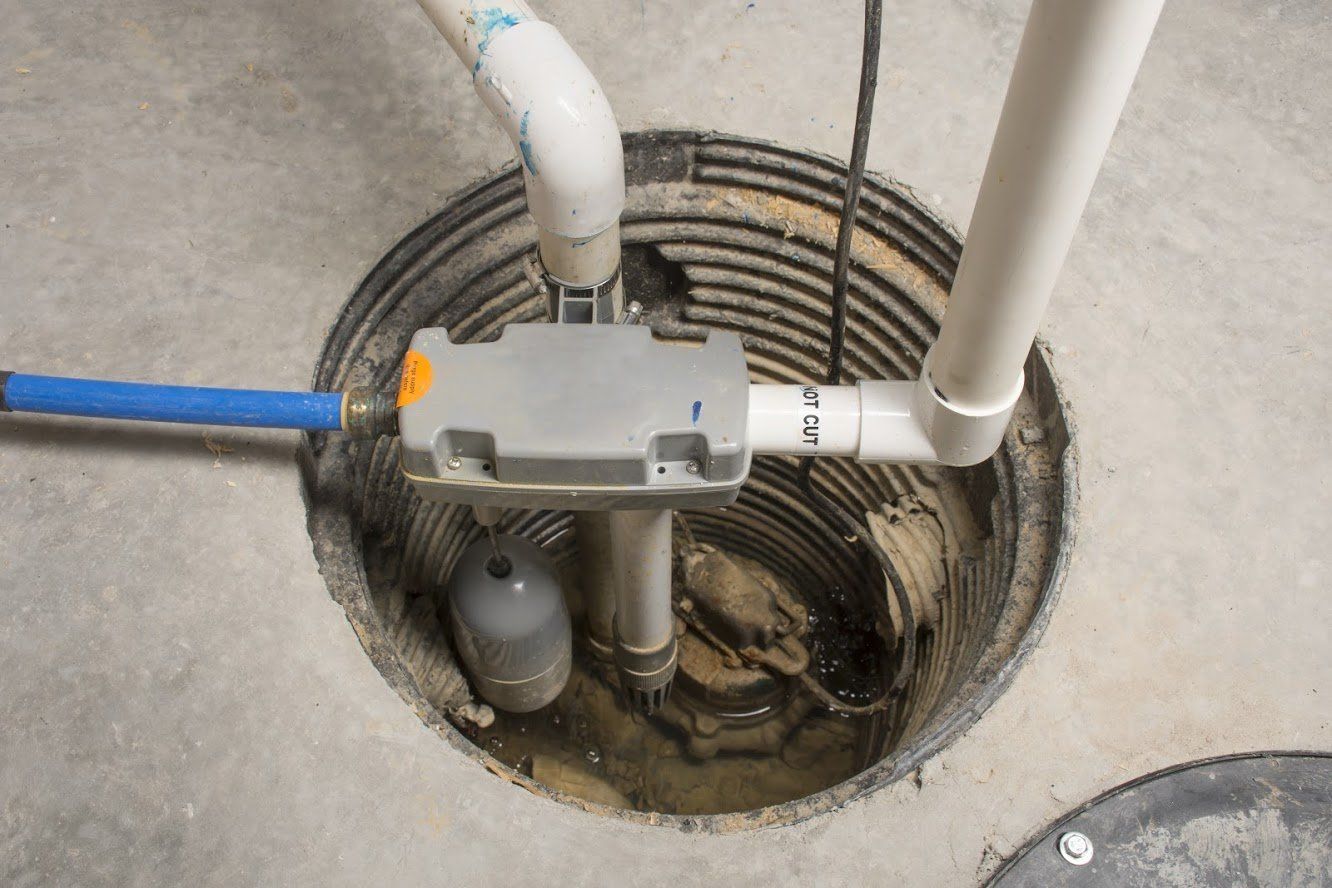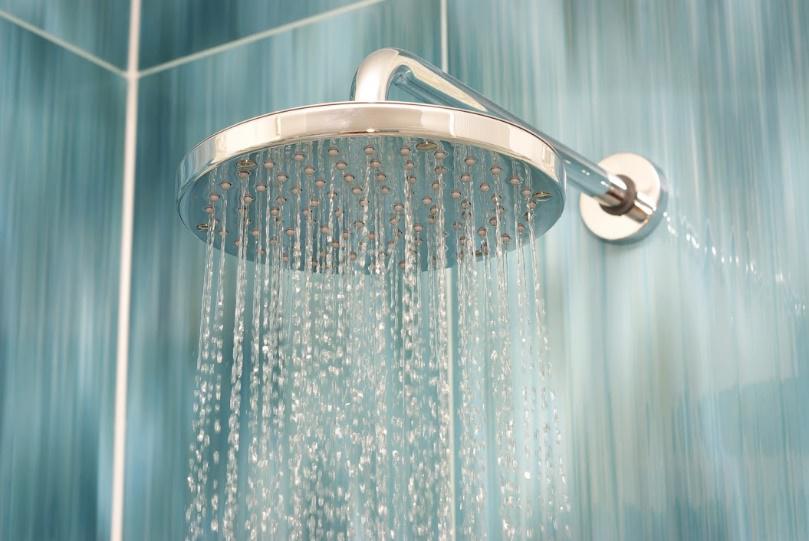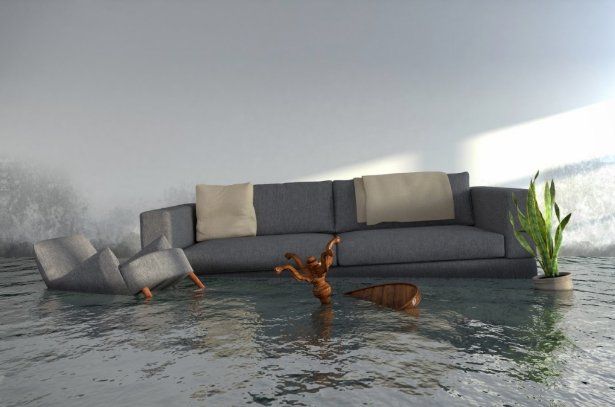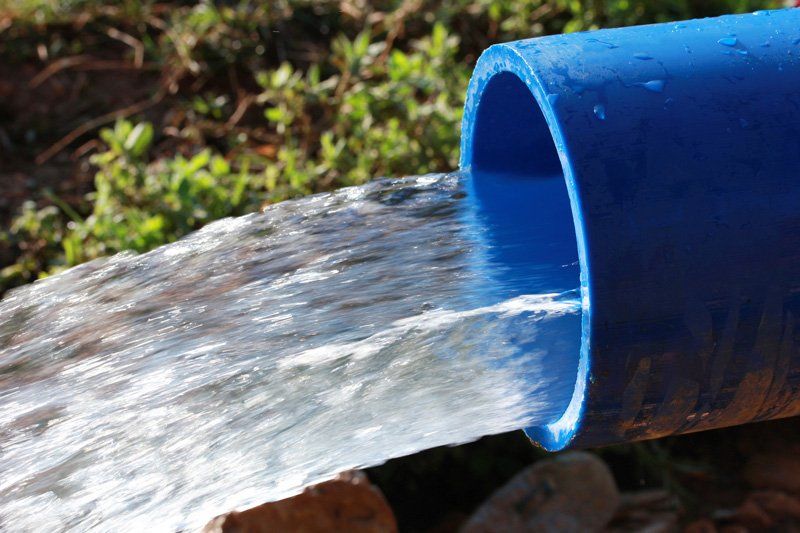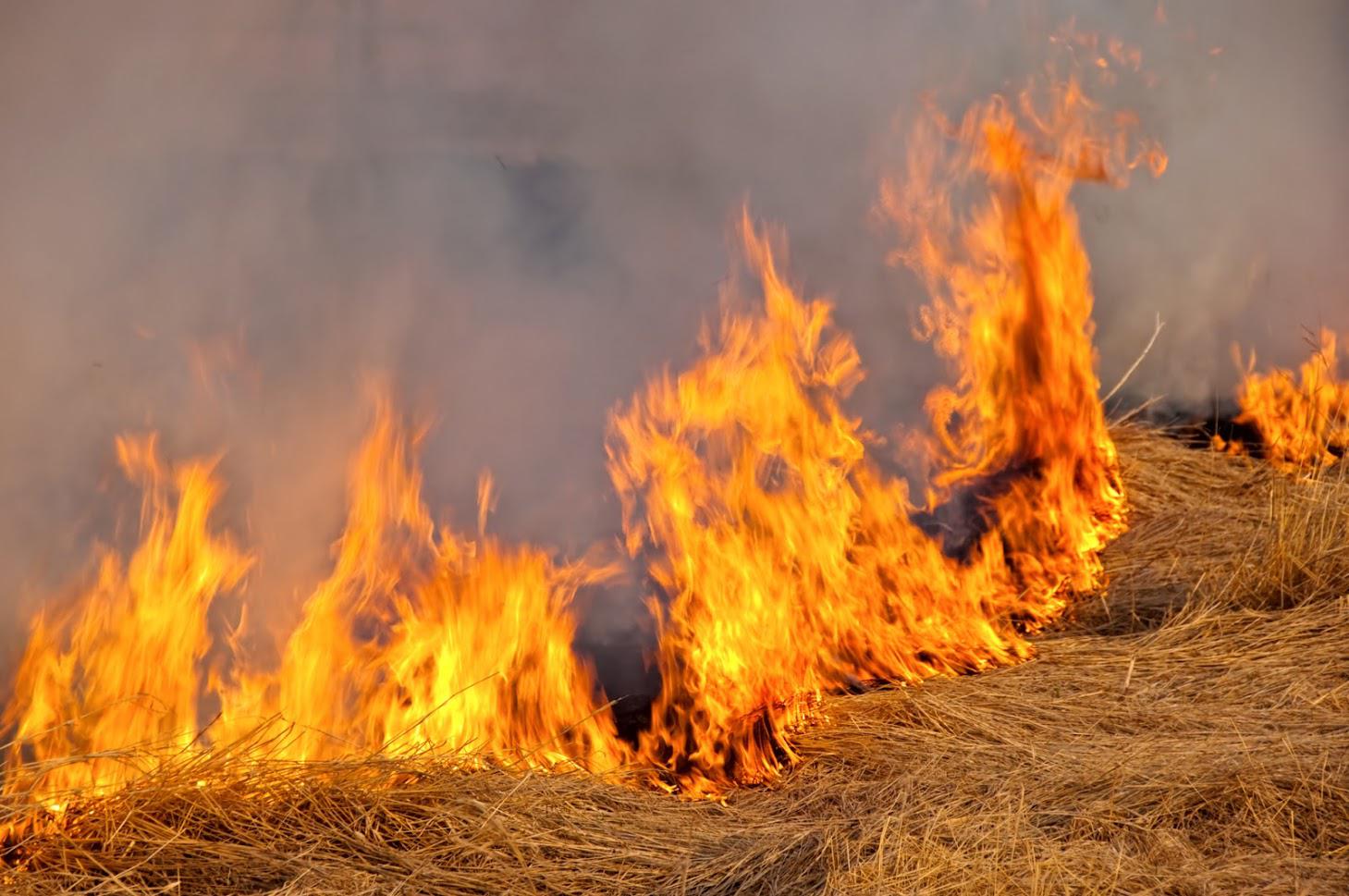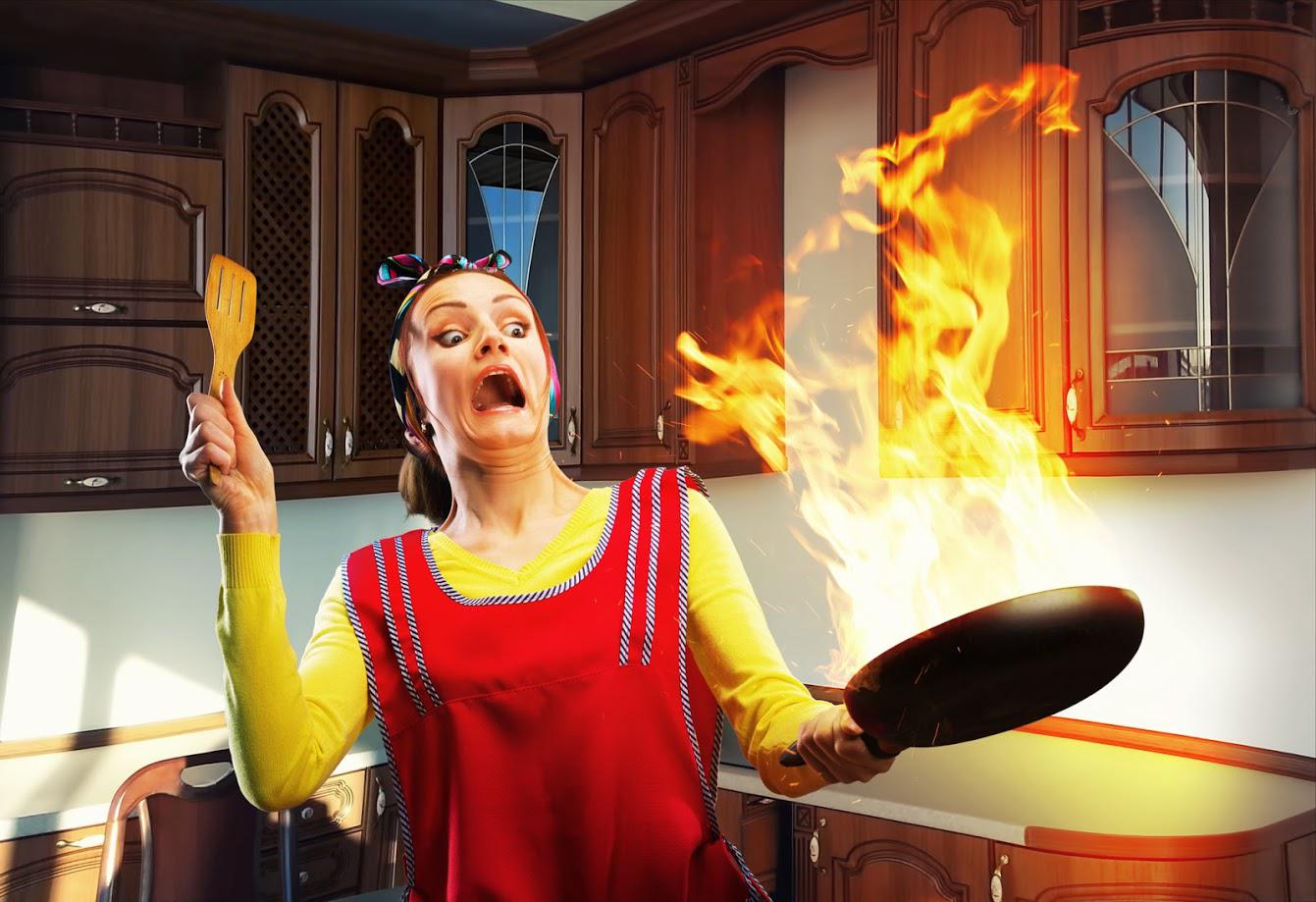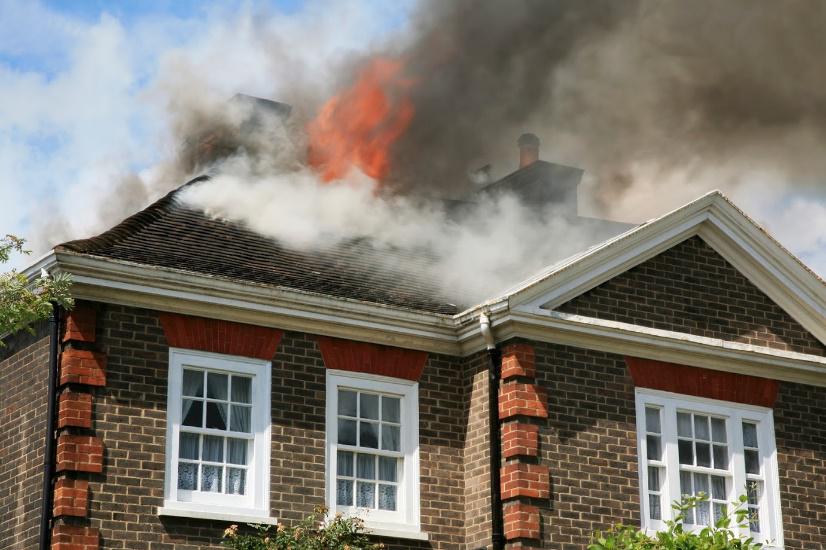Fall in the Rockies
It’s been such a nice summer. Labor Day is almost here and with this comes changes in the weather. It’s time to harvest the fruit and vegetables from the gardens and to get our homes ready for colder weather. Just a few minutes can save us a lot headache when the weather gets really cold. The average home owner has between 80 to 1,000 gallons of water used in their homes each day. Wouldn’t it be great to prevent this water from going astray?
Let’s start with the outside of the home.
- Rain Gutters. As leaves begin to fall, somehow, they always seem to settle in the least convenient places such as our rain gutters and downspouts. Take a few minutes to visually inspect them to be sure that they are clear of all debris. Be sure that the downspouts for rain gutters are connected and the outlets are directed away from the home. Also, check splash blocks to be sure that they are underneath the downspouts and are directed away from the home. Rain gutters may be connected to gutter extensions. Check the ends of the gutter extensions and make sure that they are properly connected and clear of obstructions. Rain gutters may also be connected to piping which takes the water under sidewalks or landscaping. Check the ends of this piping to be sure that they are clear, that nothing is blocking the ends of the “pop ups”, preventing the water from draining. Check where the downspouts and gutters are connected to the home. Make sure these connections are good and tight and will remain secure with whatever storms winter might bring.
- Irrigation sprinklers. Once weather starts to turn colder and there is a potential of freezing temperatures, it’s time to turn off and drain the irrigation systems. Start by turning off the main water supply for the irrigation sprinklers and disconnect from the irrigation water source. Connect the sprinkler piping to pressurized air and use this air to “blow out” any remaining water. Open each sprinkling station one at a time to ensure that all of the water is drained. Remember that during the heavy winter months, the ground around these sprinklers is going to freeze. Any water remaining in these pipes can then freeze and the expansion may cause these pipes to split. A good landscaping contractor can help you with this.
- Hose bibs. Garden hoses need to be drained and disconnected from the hose bib. If the hose is not disconnected from the hose bib, the hose bib cannot drain properly. Trapped water between the hose bib and the building piping can freeze during colder weather, which will split pipes and cause a lot of water problems. Check the hose bib itself and be sure that after the water is turned off, there is no dripping. If it does drip, this is a sign that the hose bib needs some attention from a professional plumber before cold weather sets in.
- Swamp Coolers. When the weather becomes cool enough to not need to turn on our swamp coolers, this is also a good time to make sure they are ready for winter weather. Turn off the water supply to the swamp cooler and drain that line. If this line is connected to the hose bib on the outside of the house, be sure to disconnect the line so that it can drain. Cover the swamp cooler to keep wind, rain and bugs out.
- Landscaping . Fall is also a nice time to look at the trees and shrubs around the house. Not only is this a good time to enjoy the fall colors, but it is also a good time to inspect them to make sure they are in good condition. They should be trimmed back far enough from the house that they won’t cause damage during the coming winter storms. Look for any dead or dying branches and have them removed before they fall on their own and cause damage to the property. Inspect for any areas around the foundation of the house which may have settled. Low spots are good places for water to collect, which can then find its way inside of the home.
Now let’s look at the inside of the home starting in the Kitchen and Bathrooms. These are the most likely places for water damage to occur.
- Look behind the refrigerator. Is the connection to the ice maker dry and secure? Are there any unusual water spots on the floor? Look for any areas where water may have caused bubbling in wood or laminate surfaces. Dry dust bunnies under refrigerator can be a good thing because they indicate that water hasn’t gone astray under there. Soggy dust bunnies are a bad thing.
- Look under the sinks. Again, look for places were water may have been accumulating. Run water through the faucets and check for leaks on both the water supply pipes and the drain pipes. Look at the bottoms of the cabinets for any bubbling in the wood or other signs that water may have been there. Run garbage disposals and make sure they are working properly, do not have excessive vibration and do not have leaks while in use.
- Look under the dishwasher for signs of water. Check the water supply connection for dryness or signs of leaking. Also check the drain connection for leaks or dampness. The dishwasher drain line is usually connected to the garbage disposal.
- Look around the toilet bases for signs of water. Check the supply line for dryness and potential leaks. Flush the toilet, especially in areas which may not be used as often to make sure everything is working properly.
- Run the showers and make sure that the shower doors and curtains are keeping water in its place.
Balance of the Home
- Check the utility room. Look for draining water from water heaters, water softeners, dehumidifiers and HVAC units. Check drain lines to make sure that water from these appliances are draining properly down floor drains. Make sure there are no obstructions in front of the furnace, preventing good air movement into the unit.
- Find the main water shut off valve for the home. Inspect piping in this area for leaks.
- Check behind washing machines, looking for wet spots. Inspect both the hot and cold supply lines for bulges or leaks. It is preferable that these lines be braided stainless steel rather than the black rubber lines. Stainless steel connections handle water pressure much better and will last longer. Check the location of the drain line and make sure it is actually going down into the drain.
- Check floor drains. Make sure they are clear. Look for signs of water backing up in these areas and smell for foul odors. If there is an odor present, pour about ½ a gallon of water down the drain and see if this smell clears it up. If it doesn’t, a qualified plumber should be called to help.
Have fun with these inspections. Hopefully you will find that all is well. If not, we are happy to help.
Jonathan Welch
Utah Disaster Restoration Services
